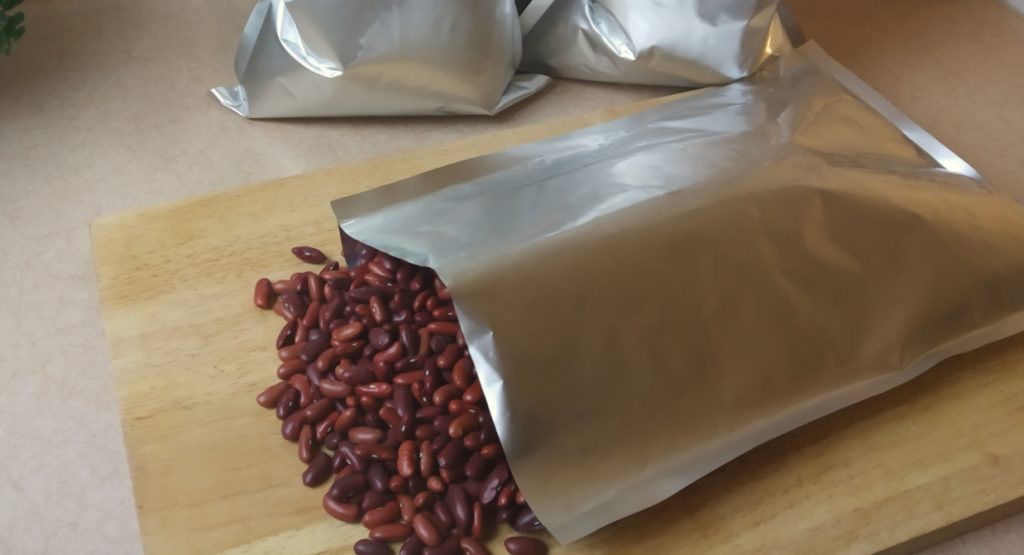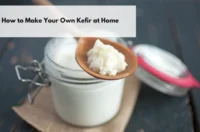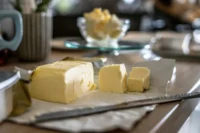
Storing Baby Formula in Mylar Bags
As a prepper, you understand the importance of being prepared for any situation. When it comes to ensuring that your baby’s nutritional needs are met

,In our recent article “10 items you should always have at home” I pointed out why it is important to have some food stored at home. However, when storing dried food, with a long shelf life like rice, flour, pasta or dried legumes at home, many of you may have experienced certain problems which can occur. The good news, most problems can be eliminated simply by storing the food in Mylar bags.
Most people know Mylar bags as the bags you buy your coffee in. Although they are well known as a food storage solution in north America, they are very hard to come by in New Zealand. With Goodtohave our aim is to change that and save plenty of food from having to be thrown away.
Mylar originally was a tradename for a polyester film made from stretched polyethylene terephthalate (PET). However nowadays it often is used as a synonym for any metallized plastic film.
Before discussing Mylar bags and why they are so awesome, I need to explain the basics of diffusion first. Diffusion is the net movement of anything (for example, atom, ions, molecules) from a region of higher concentration to a region of lower concentration. In a nutshell, that means that through any material some molecules (for example oxygen) may seep through, despite the material seeming to be airtight.
When preserving food, additional oxygen seeping into the food container from the outside and flavor seeping out are a problem. Additional oxygen entering the sealed bag will firstly enable the food to be oxidised (i.e. deteriorate) but it will also allow any microorganisms or insect eggs to breathe and thus grow.
While the diffusion resistance of Glass and Metal is very high (ie they are not as „leaky“), the one of plastic bags is comparatively low (more „leaky“), which makes thin plastic bags not as suitable for long term food storage by themselves.
Another problem of plastic bags are that UV light may pass through them which will deteriorate the food inside as well.
Metallized Plastic (or Mylar) bags generally are a 3-layer design and combine the pros of plastic bags with a high diffusion resistance.
On the Outside there is a layer of PET, the same material soft drink bottles are made of, giving the bag its strength.
The middle layer is a thin layer of Aluminium (“tinfoil”) protecting whatever is inside from light (UV). It also acts as a diffusion barrier. This means that no oxygen and other gases can “seep through” the bag. This layer is what enables the Mylar Bag to protect your food this well.
The inside layer is low density Polyethylene, another plastic material commonly used for the packaging of food. This layer separates the food from the Aluminium and enables you to seal the Bags yourself via Heat.
When storing dried food there are certain problems that can occur. The nastiest one is finding larvae or hatching bugs in your food. Most of the bugs like the biscuit beetle, weevils or spider beetles are able to bore little holes into the thin plastic packaging and thus find their way into your food storage. Eggs of the Pantry Moth on the other hand often already come with the food you buy.
Home remedies like putting bay laurel leaves into your food, are mostly useless to protect your storage efficiently.
The easiest way to get rid of all bugs and insects in your food is to freeze the food for at least 3 days. This will kill all larvae and eggs that may already be in the food. Afterwards you can pack the dry foods into Mylar bags and seal them.
Instead of freezing you can also add some oxygen absorbers into mylar bags when packing. Due to the lack of oxygen the eggs and larvae will die off as well. Mylar Bags are, in contrary to the store-bought plastic packaging, too thick for bugs to penetrate.
As already mentioned, Mylar bags are usually for dried food, like rice, flour dried beans, seeds, nuts, oats, pasta, other dried legumes, freeze dried vegetables or anything else which is dry. Many people normally store these things in thicker walled solid plastic containers with lids. However, sunlight and oxygen will over time destroy many of the nutrients. With Mylar bags you can keep dried foods fresh for an extended period of time.
The most important thing, when storing goods in Mylar bags, make sure that the food really is dry. Otherwise the food still could go bad quickly.
When using mylar bags, first of all, make sure that the food you want to store is really dry. Then fill it into the mylar bags. Ideally you can add some oxygen absorbers to make the food lasting even longer. Oxygen absorbers in a nutshell are small plastic pouches that contain granules which absorb oxygen.
When filling the mylar bags up, make sure to let at least 3-5cm of headspace for the sealing.
After everything is filled up you can seal the Mylar Bags with a hot jaws Handheld Heat sealer. In case you don’t have one most hair straighteners will do the job just as well. When sealing the bag, try to seal 95% percent of the opening first. Then press the air of Mylar bag and seal the bag completely. Unfortunately, due to their thickness most vacuum sealer CAN’T seal Mylar bags.
After sealing we normally store the filled Mylar bags is in a plastic bucket or container to ensure that rodents can’t access them.
There are more articles about food storage coming. Stay tuned.
Cheers
Vanessa

As a prepper, you understand the importance of being prepared for any situation. When it comes to ensuring that your baby’s nutritional needs are met

If you’re a fan of probiotic-rich foods, you’ve probably heard of kefir. This tangy, fermented drink is packed with beneficial bacteria and yeast, making it

Making your own butter at home is a rewarding and surprisingly simple process. With just a few basic ingredients and tools, you can create rich,